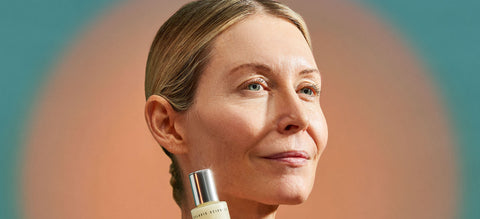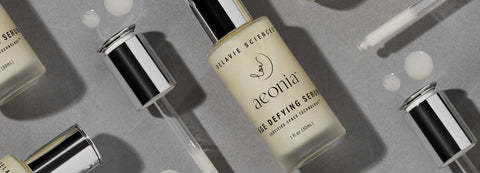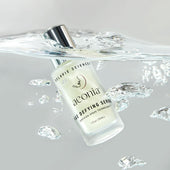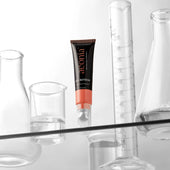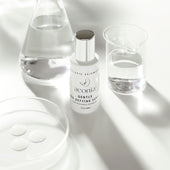WHAT ARE UV RAYS?
Ultraviolet (UV) radiation produces rays that are the actual wavelengths that extend a certain distance, and are classified as either UVA, UVB, or UVC rays. Although invisible to the human eye, UV radiation is extremely dangerous and can have long-lasting impacts such as wrinkles, discoloration, cataracts, and even cancer. UVA and UVB rays are considered the most harmful because they extend closest to the earth’s surface and can deeply penetrate the skin. Overexposure to UV rays can also weaken the immune system and make it harder for the body to fight off infection.
While UV rays are always dangerous, they can vary in strength. The sun is the strongest between 10 a.m to 4 p.m in the spring and summer months. Also, the higher the elevation, the stronger the sun's rays (you’re more likely to get burnt if you’re on the summit of a mountain than you are on ground level). UV rays are also strong enough to pass through clouds and bounce off reflective surfaces like glass, water, sand, or snow. So, even the cloudiest beach and ski days require protection from the sun.
Preventing — And Reversing — Damage
When it comes to UV rays, preventive skincare goes beyond the occasional application of sunscreen. Now that you know more about the dangers of UV rays, here are a few steps you might consider adding to your routine — steps that can help you prevent damage and potentially renew your skin:
- Daily SPF sunscreen use. Even when it’s cloudy, snowy, or rainy, your skincare routine won’t do you any good if you aren’t preventing sun damage with sunscreen containing SPF. You’ll want to opt for anything with a minimum SPF of 30.
- Grab your hat and sunglasses. Go incognito to your local grocery store and protect your skin. Hats and sunglasses protect your head, face, and eyes from potential UV damage.
- Proper skincare. The perfect face wash, products, and SPF use are mandatory in our book. Check out our blog, "Finding the Right Cleanser" to learn more about your skin type and what products would work best for you.
- Hang out in the shade. Include an umbrella in your beach set-up, or take advantage of that shady spot under the tree for your next picnic.
- Avoid artificial UV rays, too. They’re just as harmful as natural UV rays. It’s best to avoid tanning beds at all costs.

Put Your Skin First
Your skin deserves the utmost care. With the proper knowledge and routine, you're guaranteed to glow all year-round. Always remember to add a layer of sunscreen when you’re hitting the slopes this winter or throw a hat in your bag the next time you head to the beach. Your skin will thank you!
Protect Against UV With Aeonia
Delavie Sciences has developed Bacillus Lysate, the first biological cosmetic to be recognized as Certified Space Technology™ by the Space Foundation™. A core ingredient in Aeonia products, it has proven UV protection properties.
References:
- “What is UV? The Best Ways to Protect Skin Against Sunlight,” Today
- “Ultraviolet (UV) Radiation,” American Cancer Society
- “How Do I Protect Myself from Ultraviolet (UV) Rays,” American Cancer Society


